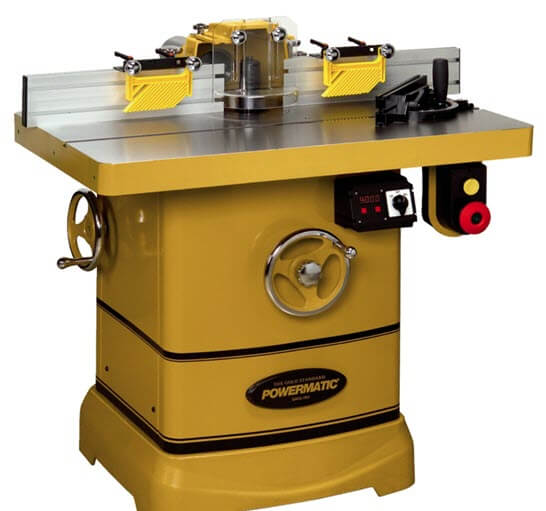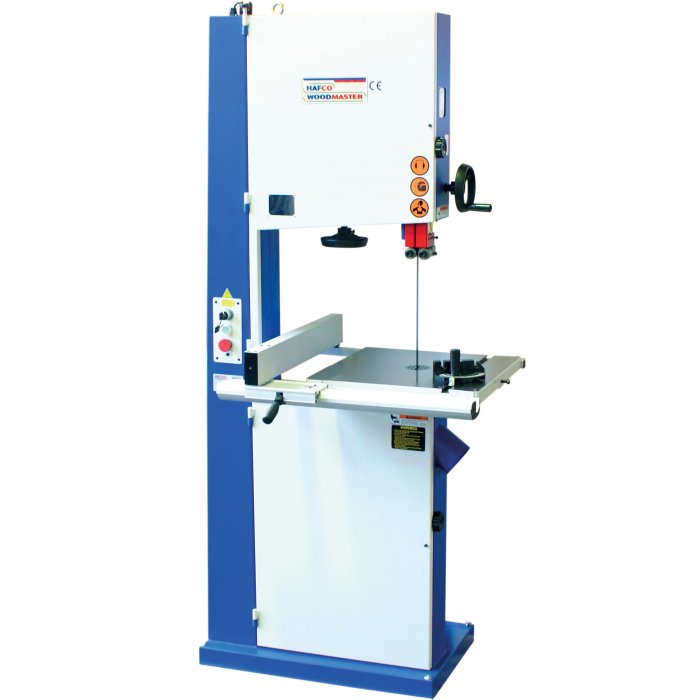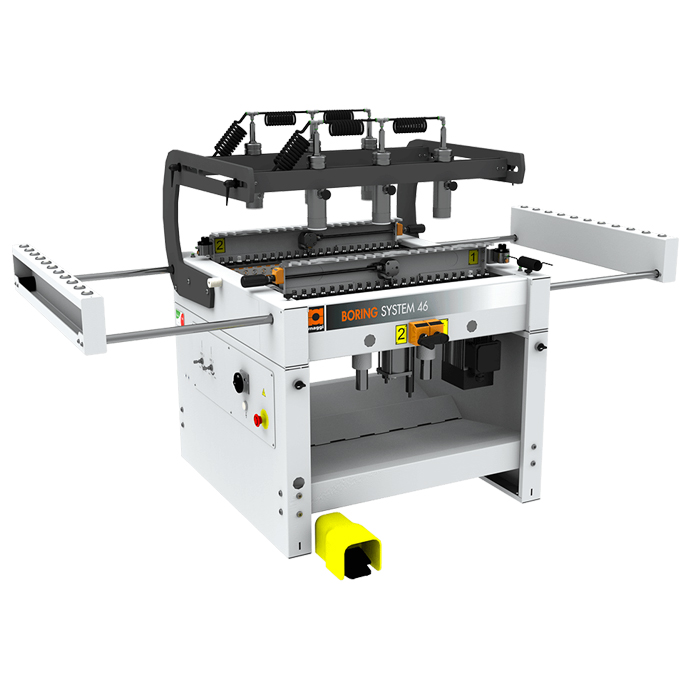Woodworking shapers are specialized machines designed to shape the edges of various types of stock, making them essential hardware tools in many woodworking shops. These machines operate by hand-feeding the material against a vertically mounted rotating cutter attached to a spindle. With some models featuring multiple spindles, shapers offer flexibility and efficiency for a range of shaping tasks. The cutters used in woodworking shapers are equipped with multiple cutting edges, allowing them to rotate at speeds ranging from 7,200 to 10,000 RPM. This high rotation speed facilitates smooth and precise cuts, enabling woodworkers to achieve intricate designs and profiles on the edges of their materials. One of the advantages of shapers is that stock can be fed from any direction, making it easier to handle various shapes and sizes of wood. To enhance precision, shapers utilize guide pins for curved shaping and fences for straight-line shaping. The guide pins help hold the stock securely in place while the cutter performs its work, ensuring that the final shape meets the desired specifications. For straight cuts, the fence acts as a guide, allowing for consistent and repeatable results. As versatile hardware tools, shapers are particularly beneficial for creating decorative edges, joints, and profiles, such as molding or trim pieces. They enable woodworkers to craft detailed designs that elevate the aesthetic quality of furniture, cabinetry, and other woodworking projects. In addition to their primary function of shaping, woodworking shapers can be equipped with various accessories and cutter profiles, allowing woodworkers to customize their setups for specific tasks. This adaptability makes shapers valuable tools for both professional woodworkers and hobbyists alike.
Incorporating shapers into woodworking projects not only enhances the craftsmanship but also opens up new creative possibilities. For those interested in sharing their knowledge and experiences with shapers and other hardware tools, guest blogging can be an excellent platform. By contributing to woodworking blogs, enthusiasts can discuss techniques, tips for using shapers effectively, and the importance of selecting the right cutter profiles for different applications. Guest blogging also allows woodworkers to connect with a wider audience, sharing insights about how shapers can improve efficiency and creativity in their projects. Topics could include best practices for maintenance, comparisons between shapers and other shaping tools, and innovative ways to incorporate shaped elements into woodworking designs. In summary, woodworking shapers are vital hardware tools that enable woodworkers to achieve precise and decorative shapes in their projects. Their ability to accommodate various stock types and cutting directions makes them a staple in many workshops. By engaging in guest blogging, woodworkers can promote the value of shapers and other essential tools, fostering a community of knowledge-sharing that benefits both novice and experienced craftsmen alike.
 teknowfeed
teknowfeed


